Home>Garden Essentials>What Is The Origin Of A Green Space In The Center Of A Village
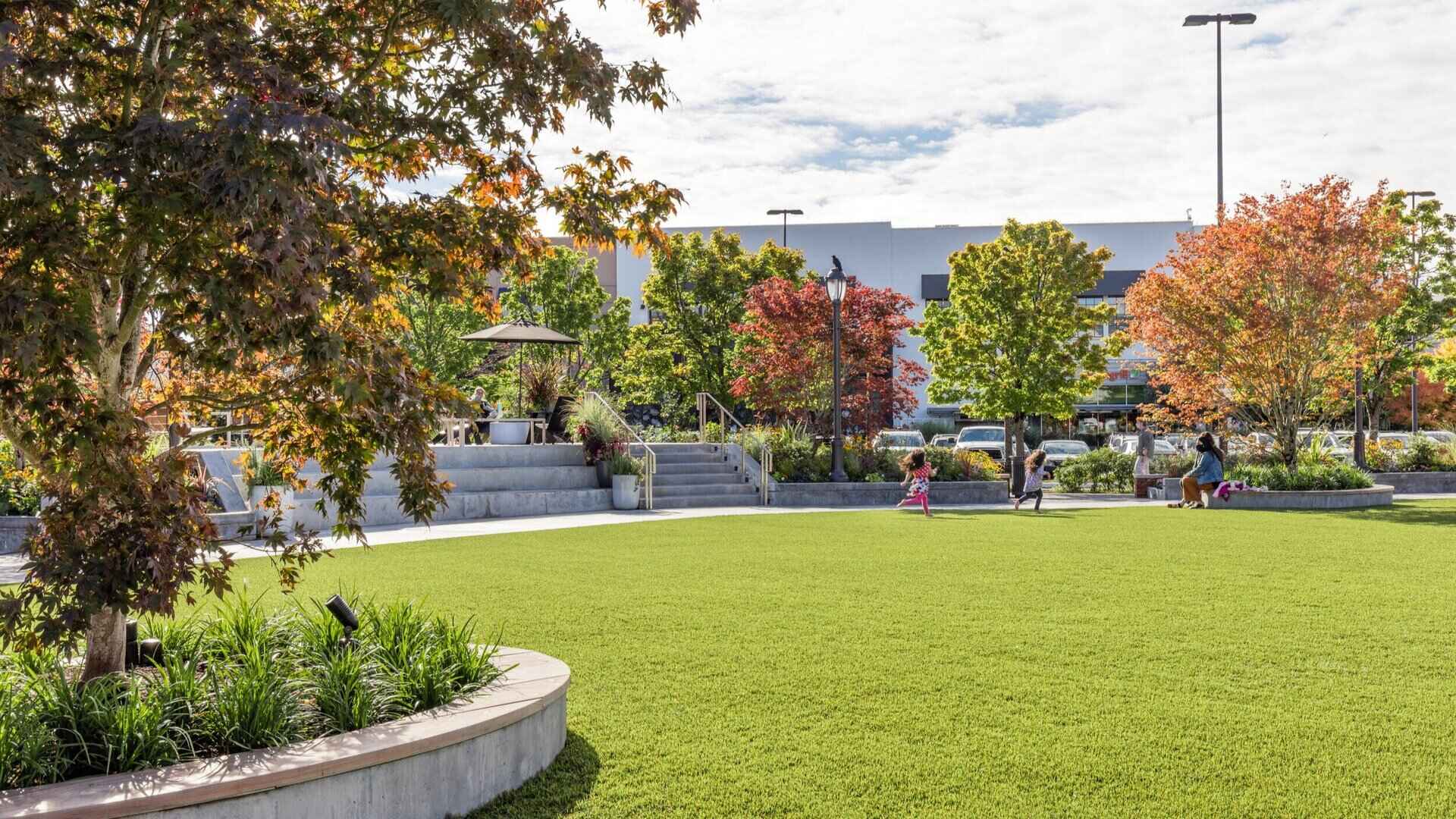

Garden Essentials
What Is The Origin Of A Green Space In The Center Of A Village
Modified: March 7, 2024
Discover the origin of a charming green space in the heart of a village. Explore the history and significance of this village garden, a serene sanctuary amidst the bustling environment.
(Many of the links in this article redirect to a specific reviewed product. Your purchase of these products through affiliate links helps to generate commission for Storables.com, at no extra cost. Learn more)
Introduction
In the heart of many villages, there is often a charming and serene green space that serves as a gathering place for the community. These green spaces, whether they are parks, gardens, or squares, play a significant role in the overall character and ambiance of a village. But have you ever wondered about the origin of these green spaces in the center of villages? Why are they there, and what purpose do they serve?
To understand the origin of green spaces in village centers, we must delve into the historical background of village planning. Throughout history, villages have been designed with a focus on creating a livable and sustainable environment for their residents. The concept of a central green space originated from the practice of designing villages around a marketplace or town square, where community activities and social interactions would take place.
Green spaces in villages hold great importance and value for both the residents and the environment. They provide a breath of fresh air in urban settings, creating a sanctuary of nature amidst the hustle and bustle of daily life. Green spaces serve as an escape from the concrete jungle, offering a place to relax, unwind, and connect with nature.
Defined by their vegetation, open space, and natural elements, green spaces offer numerous benefits to the community. These areas provide opportunities for recreational activities such as picnicking, walking, and playing sports. They also serve as meeting points for community events, such as festivals, markets, and concerts.
Several factors influence the creation of green spaces in the center of villages. Firstly, village planning authorities recognize the importance of preserving and enhancing the natural environment in their communities. They allocate land for green spaces to maintain a balance between development and the preservation of nature.
Secondly, green spaces in village centers often have historical and cultural significance. They may be remnants of ancient gardens or parks that were once integral to the village’s heritage. By preserving and maintaining these green spaces, villages honor their history and enrich their cultural identity.
Lastly, the establishment of green spaces in village centers is often driven by community involvement. Residents actively participate in the planning and development process to ensure that the green space reflects their needs and desires. The involvement of the community fosters a sense of ownership and responsibility, leading to the successful creation and maintenance of a vibrant green space.
Key Takeaways:
- Villages have historically integrated green spaces into their design to create harmonious and sustainable environments, fostering community well-being, social connections, and a sense of identity.
- Green spaces in villages offer numerous benefits, including improved quality of life, environmental advantages, and economic impacts, but they also require proactive planning, community involvement, and ongoing maintenance to maximize their potential.
Read more: What To Put In The Center Of A Dining Table
Historical Background of Village Planning
Understanding the historical background of village planning provides valuable insights into the origin of green spaces in the center of villages. Throughout history, human settlements have evolved from small agrarian communities to organized villages, each with its own unique layout and design.
In ancient times, villages were primarily agricultural communities, with farming and livestock rearing as the main livelihoods. These early settlements were often clustered together for better protection and resource sharing. The arrangement of houses and communal spaces was practical rather than aesthetically driven.
As civilizations developed and urbanization took place, the concept of village planning emerged. In many cultures, villages were organized around a central gathering place, which eventually evolved into a central green space.
One notable example of early village planning is found in medieval Europe. Medieval villages were often built around a marketplace or town square, which served as the economic, social, and administrative hub of the village. These central spaces provided a platform for trade, commerce, and communal activities.
These market squares were often characterized by their proximity to key amenities such as churches, inns, and public buildings. Surrounding the marketplace, narrow streets and alleys lined with residential buildings created a sense of enclosure and community.
Furthermore, the importance of green spaces in village planning can be traced back to garden cities and the influence of the Arts and Crafts movement in the late 19th and early 20th centuries. The garden city concept, championed by urban planner Ebenezer Howard, emphasized the integration of nature and architecture in planned communities.
Howard envisioned these garden cities as self-contained communities, with a balance of industrial, residential, and recreational spaces. At the heart of these communities were communal green spaces designed to promote a healthy and harmonious lifestyle.
The urban planning movement influenced the design of new towns and suburbs, incorporating green spaces as a central element of the layout. Parks, gardens, and open spaces were intentionally placed at the center of these developments to provide residents with easy access to nature and recreational activities.
Today, village planning continues to evolve, with a greater emphasis on sustainability, mixed-use development, and the integration of green spaces. Modern village planners strive to create communities that are pedestrian-friendly, environmentally conscious, and socially cohesive, while still preserving the historical and cultural heritage of the village.
By understanding the historical background of village planning, we can appreciate why green spaces have become an integral part of village centers. These spaces reflect the evolution of human settlements and the importance placed on community, nature, and aesthetics in creating livable environments.
Importance of Green Spaces in Villages
Green spaces play a vital role in enhancing the quality of life in villages. From aesthetic appeal to environmental benefits, these natural areas offer a multitude of advantages for both residents and the surrounding ecosystem. Understanding the importance of green spaces in villages helps us recognize their value and the need to preserve and maintain them.
One of the primary benefits of green spaces in villages is their contribution to the overall well-being of residents. These areas provide a sanctuary for relaxation and recreation, away from the noise and congestion of urban life. The tranquility and natural beauty of green spaces promote mental and physical health, allowing community members to connect with nature, reduce stress, and improve overall happiness.
Moreover, green spaces facilitate social interactions and community engagement. They serve as gathering places for residents to meet, socialize, and participate in various activities. Parks and gardens become venues for community events, such as concerts, festivals, and sports tournaments, fostering a sense of belonging and unity among the villagers.
Green spaces also add aesthetic value to villages, enhancing their overall visual appeal. A well-maintained park or garden can become a focal point of the community, creating a positive impression for both residents and visitors. The greenery, flowers, and landscaping add vibrancy and charm to the village, making it an attractive place to live, work, and visit.
Additionally, green spaces have significant environmental benefits. They play a crucial role in mitigating the effects of climate change by reducing heat buildup and improving air quality. Trees and vegetation in green spaces help absorb carbon dioxide, release oxygen, and provide shade, combating the urban heat island effect and creating a more comfortable microclimate within the village.
Furthermore, green spaces contribute to biodiversity conservation. They provide habitats for various plant and animal species, enabling wildlife to thrive in an otherwise developed environment. By maintaining green spaces, villages can promote ecological balance and protect local ecosystems.
Another advantage of green spaces in villages is their role in stormwater management. Vegetation in these areas helps absorb rainwater, reducing the risk of flooding and soil erosion. They act as natural filters, preventing pollutants from entering water sources and improving overall water quality.
In summary, green spaces are integral to the well-being of villages and their residents. They offer opportunities for relaxation, socialization, and recreation, while also enhancing the visual appeal of the village. Green spaces provide environmental benefits, such as climate regulation, biodiversity conservation, and stormwater management. By recognizing the importance of green spaces, villages can prioritize their preservation and ensure a sustainable and enjoyable living environment for generations to come.
Definition and Characteristics of a Green Space
A green space, often referred to as a park, garden, or open space, is an area specifically designated for natural vegetation and outdoor activities. These areas provide a respite from urbanization and typically incorporate elements of nature, such as trees, grass, flowers, and other forms of flora.
Characteristics of a green space include:
- Natural Vegetation: A green space is characterized by the presence of various forms of vegetation, including trees, shrubs, and grass. These elements contribute to the aesthetic appeal and environmental benefits of the space.
- Open Space: Green spaces are typically open areas devoid of permanent structures. They provide ample space for activities such as walking, picnicking, playing sports, or simply enjoying nature.
- Recreational Amenities: Many green spaces are equipped with amenities that encourage recreational activities. These may include playgrounds, sports fields, walking trails, picnic areas, and seating areas for relaxation.
- Environmental Considerations: Green spaces are designed with environmental sustainability in mind. They often incorporate features such as rain gardens, bio-retention ponds, and native plant species to promote biodiversity, manage stormwater runoff, and create habitats for wildlife.
- Access and Connectivity: Green spaces are intended for public use and are easily accessible to residents of the surrounding area. They are often situated in convenient locations within villages, ensuring that community members can easily visit and enjoy them.
- Well-Maintained Landscaping: Green spaces are carefully maintained to ensure cleanliness, safety, and attractiveness. Regular maintenance activities include mowing grass, pruning trees, removing litter, and providing adequate lighting for nighttime use.
- Social Nexus: Green spaces serve as a gathering place for the community, fostering social interactions and a sense of community. They often host events and activities that encourage engagement and interaction among residents.
- Educational Opportunities: Green spaces can provide educational programs and opportunities for learning about nature, wildlife, and environmental conservation. Interpretive signage, nature trails, and guided tours can help educate visitors about the ecological importance of the space.
Ultimately, the defining characteristic of a green space is its dedication to preserving and fostering natural elements within an urban or village setting. These spaces offer a connection to nature, promote community well-being, and contribute to a sustainable and enjoyable living environment.
Factors Influencing the Creation of a Green Space in the Center of a Village
The establishment of a green space in the center of a village is influenced by various factors that prioritize the well-being of residents and the preservation of nature. These factors shape the decision-making process and contribute to the creation of a vibrant and sustainable community.
- Urban Planning and Design: City or village planners play a crucial role in determining the layout and allocation of space within a village. They recognize the importance of green spaces in enhancing the quality of life for residents. Planners consider factors such as the size of the village, population density, and available land to determine the feasibility and optimal location for a central green space.
- Environmental Considerations: The ecological impact of the village and its surroundings is a critical factor in creating green spaces. Villages often prioritize the preservation of natural elements and the promotion of biodiversity. Environmental assessments and sustainability goals help guide decision-making, ensuring that green spaces are integrated harmoniously with the surrounding landscape.
- Community Engagement: The involvement and feedback of the local community are vital in the decision to create a green space. Village residents provide valuable insights and perspectives, representing the needs and desires of the community. Surveys, public consultations, and community meetings allow residents to express their preferences, ensuring that the green space design aligns with their interests.
- Cultural Heritage: Some villages have a rich cultural history that may influence the creation of a green space. Historical significance may drive the decision to preserve existing green spaces or create new ones based on traditional design principles. Green spaces that reflect the cultural heritage of the village help maintain a sense of identity and pride among residents.
- Health and Well-being: The health and well-being of the community are paramount in the planning of green spaces. Research has shown that access to nature and outdoor recreational activities have numerous physical and mental health benefits. Villages recognize the importance of providing residents with opportunities for exercise, relaxation, and connection with nature, leading to the integration of green spaces in the village center.
- Access and Connectivity: Creating a green space in the village center ensures equal access for all residents. Placing the green space within a reasonable walking distance from residential areas makes it convenient for everyone to enjoy. Additionally, connectivity with pedestrian and cycling networks encourages active modes of transportation and reduces dependence on cars, contributing to a greener and healthier village.
- Funding and Resources: The availability of funding and resources plays a significant role in the creation of green spaces. Villages seek financial support from government agencies, grants, private donors, and community fundraising initiatives to implement and maintain green spaces. Adequate resources ensure that the green space is well-designed, adequately landscaped, and properly maintained for long-term sustainability.
- Future Planning and Growth: Anticipating the future needs of the village is crucial in creating a green space that can adapt and accommodate changes. Village planners consider factors such as population growth, urbanization trends, and future development plans to ensure that the green space can meet the evolving needs of the community and maintain its relevance over time.
By considering these factors, villages can develop and maintain green spaces that not only enhance the quality of life for residents but also contribute to the sustainable growth and environmental well-being of the community.
Different Origins of Green Spaces in Villages
The origins of green spaces in villages can vary depending on the location, historical context, and cultural heritage of the community. These origins often shape the design, purpose, and significance of the green spaces. Let’s explore some of the different origins of green spaces in villages:
- Traditional Gardens: In many cultures, villages have a long history of cultivating their own gardens. These traditional gardens can serve as a form of subsistence farming, providing the community with fresh produce and herbs. In some cases, these gardens have evolved into community green spaces, where residents can gather, learn about gardening techniques, and connect with nature.
- Historical Parks: Some green spaces in villages have historical origins, dating back to specific eras or events. They may have been established as royal gardens, designed by renowned landscape architects, or developed as part of a preservation effort to maintain a specific era’s aesthetics. These parks often have unique features and design elements that reflect the historical significance of the village.
- Market Squares and Commons: Many villages evolved around market squares or commons, which were central meeting places for trade and community activities. These areas gradually transformed into green spaces as villages modernized and urbanized. Today, these squares or commons often serve as multifunctional green spaces, hosting markets, fairs, social gatherings, and recreational activities.
- Preservation of Natural Landscapes: Some villages have green spaces that originated from the preservation of natural landscapes within the community. These preserved areas could be forests, wetlands, or other ecologically significant habitats. The village recognizes the importance of maintaining these natural spaces and designates them as green areas for residents to enjoy while protecting the biodiversity and integrity of the ecosystem.
- Urban Renewal and Regeneration: Green spaces can also emerge from urban renewal and regeneration efforts within villages. Through revitalization projects, derelict or underutilized spaces are transformed into green areas. This could involve repurposing abandoned buildings or creating new parks and gardens to enhance the urban environment and improve the quality of life for residents.
- Community-Driven Initiatives: In some cases, green spaces in villages are the result of community-driven initiatives. Resident associations, neighborhood groups, or environmental organizations may come together to create a green space that meets the specific needs and aspirations of the community. These initiatives often involve collaboration with local authorities, fundraising efforts, and active community participation in the design and maintenance of the green space.
Regardless of their origin, green spaces in villages contribute to the overall well-being, aesthetics, and sustainability of the community. Each green space carries a unique history and purpose, reflecting the identity, values, and aspirations of the village and its residents.
The origin of a green space in the center of a village can often be traced back to historical traditions and planning, such as common grazing areas or market squares. Researching local history and talking to long-time residents can provide valuable insights into the origins of the green space.
Role of Community Involvement in the Establishment of Green Spaces
Community involvement plays a vital role in the establishment of green spaces in villages. When residents actively participate in the planning, development, and maintenance process, it fosters a sense of ownership, pride, and responsibility within the community. The engagement of community members ensures that the green space meets their needs, reflects their values, and creates a strong connection to the surrounding environment. Here are some of the key roles that community involvement plays in the establishment of green spaces:
- Identifying Needs and Desires: Community members have a firsthand understanding of their village’s requirements. Through surveys, public consultations, and community meetings, residents can express their needs and desires for a green space. This input helps shape the design and features of the green space, ensuring that it aligns with the community’s aspirations and priorities.
- Participating in Design and Planning: Community involvement allows residents to actively participate in the design and planning process of the green space. They can collaborate with landscape architects, urban planners, and other experts to provide input on elements such as layout, amenities, landscaping, and accessibility. This involvement ensures that the green space reflects the community’s preferences, cultural heritage, and vision for the future.
- Volunteerism and Fundraising: Community members often contribute their time, skills, and resources to support the establishment and maintenance of green spaces. They may engage in volunteer activities such as planting trees, maintaining flower beds, organizing community events, or cleaning up the area. In addition, community-driven fundraising efforts can help secure financial resources needed for the development and long-term sustainability of the green space.
- Monitoring and Maintenance: Engaged community members play a crucial role in the ongoing maintenance and management of green spaces. They can form stewardship groups, responsible for regular upkeep, organizing clean-up days, reporting any issues, and ensuring that the green space remains clean, safe, and enjoyable for everyone. Community involvement ensures that the green space continues to thrive and adapt to the changing needs of the village.
- Fostering Sense of Ownership: When residents actively participate in the establishment and maintenance of a green space, it instills a sense of ownership and pride within the community. This shared responsibility for the green space strengthens social bonds, encourages a sense of belonging, and creates a positive community identity. It also promotes a culture of stewardship, where residents collectively work towards preserving and enhancing the green space for future generations.
- Enhancing Community Cohesion: The establishment of a green space brings community members together. It becomes a central gathering place, fostering social interactions, and encouraging a sense of community. Community events, celebrations, and activities organized in the green space provide opportunities for residents to connect, build relationships, and strengthen the social fabric of the village.
- Education and Environmental Awareness: Community involvement in green spaces allows for educational opportunities and environmental awareness. Residents can learn about the importance of biodiversity, ecological conservation, sustainable practices, and the benefits of green spaces. Awareness campaigns and educational programs organized by community members or in collaboration with environmental organizations help disseminate knowledge and promote eco-friendly behaviors within the community.
The active participation of community members in the establishment of green spaces ensures that these areas truly reflect the needs, desires, and values of the village. The collective effort, sense of ownership, and community cohesion fostered by community involvement contribute to the long-term success and sustainability of the green space, creating a cherished asset for generations to come.
Case Studies of Villages with Centrally Located Green Spaces
Several villages around the world have successfully integrated centrally located green spaces into their community fabric. These case studies demonstrate the diverse ways in which green spaces can enhance the quality of life and contribute to the identity of a village. Let’s explore a few noteworthy examples:
- Bibury, England: The picturesque village of Bibury in the Cotswolds region of England is famous for its central green space known as “The Rack Isle.” This small, triangular-shaped meadow is surrounded by historic cottages and lined with beautiful English flowers. The Rack Isle serves as a gathering place for residents and visitors, providing benches and ample space for relaxation and picnicking. It adds to the charm and attractiveness of the village, drawing tourists and highlighting the traditional English countryside aesthetic.
- Saint-Cirq-Lapopie, France: Saint-Cirq-Lapopie, nestled on a hillside along the Lot River in southern France, features a centrally located village square and green space. This square, known as Place de la Halle, is a bustling gathering place surrounded by historic buildings and shaded by centuries-old lime trees. The green space hosts weekly markets, cultural events, and open-air performances, bringing the village to life. The square also offers breathtaking views of the surrounding countryside, showcasing the natural beauty of the region.
- Giethoorn, Netherlands: Giethoorn, often called the “Venice of the Netherlands,” is a village renowned for its canals and scenic green spaces. The village center features charming footpaths lined with traditional thatched-roof houses and beautiful gardens. Many of these houses have small green spaces in front, creating a harmonious integration of nature and architecture. The green spaces provide residents with spaces for relaxation, gardening, and socializing, contributing to the village’s idyllic and tranquil atmosphere.
- Shirakawa-go, Japan: Shirakawa-go, a UNESCO World Heritage Site located in the mountains of central Japan, showcases the concept of a centrally located green space known as a “Satoyama.” The Satoyama is a traditional Japanese landscape connecting the village with its surrounding natural environment. In Shirakawa-go, the Satoyama comprises rice paddies, forests, and waterways, creating a cohesive and sustainable village ecosystem. This green space not only preserves the area’s cultural heritage but also provides opportunities for visitors to experience the traditional agricultural practices and appreciate the beauty of the rural landscape.
- Pučišća, Croatia: The village of Pučišća on the island of Brač in Croatia boasts a centrally located green space known as “Trg Gospe od Karmela” or the Carmelite Square. This square features a beautifully landscaped park with Mediterranean plants, benches, and an iconic sculpture. It serves as a meeting point for cultural events, concerts, and a weekly market, fostering community engagement and social connections. The green space blends seamlessly into the village’s architecture, reflecting the harmonious coexistence of nature and human settlement.
These case studies illustrate the diverse ways in which centrally located green spaces contribute to the identity, livability, and attractiveness of villages. Green spaces not only provide areas for recreation and relaxation but also showcase the cultural heritage and natural beauty of the surrounding environment. These spaces become focal points for community activities, enhancing social cohesion and preserving a sense of place in the fast-paced modern world.
Benefits and Limitations of Having a Green Space in the Center of a Village
A green space in the center of a village offers numerous benefits for the community, both in terms of physical well-being and the overall livability of the village. However, it is important to also consider the limitations and challenges that come with establishing and maintaining these green spaces. Here are some of the benefits and limitations associated with having a green space in the center of a village:
Benefits:
- Improved Quality of Life: Green spaces enhance the overall quality of life for village residents. These areas provide opportunities for outdoor activities, exercise, and relaxation, contributing to better physical health and mental well-being. Time spent in nature has been shown to reduce stress, improve mood, and increase overall happiness.
- Social Gathering and Community Engagement: A centrally located green space acts as a focal point for community gatherings and events. It creates a sense of place and belonging, facilitating social interactions and community engagement. It becomes a venue for cultural activities, festivals, and markets, fostering a stronger sense of community and promoting social cohesion.
- Environmental Benefits: Green spaces provide important environmental benefits to the village and its surroundings. They contribute to improved air quality by absorbing carbon dioxide and releasing oxygen through photosynthesis. Green spaces also reduce the heat island effect in urban areas, mitigate stormwater runoff, and provide habitats for local wildlife, enhancing ecological biodiversity.
- Aesthetic Appeal and Village Identity: Green spaces in the center of a village contribute to the village’s visual appeal and overall character. These areas often feature landscaped gardens, trees, and flowers, adding natural beauty to the surroundings. The green space becomes a symbol of the village’s commitment to preserving nature, enhancing its identity and attracting visitors.
- Economic Benefits: Well-maintained green spaces can have positive economic impacts on the village. They attract tourists, who spend money in local businesses and contribute to the local economy. The presence of a green space can also increase property values in the surrounding area, attracting residents and encouraging investment.
Limitations:
- Limited Space: The availability of space can be a limitation when establishing a green space in the center of a village. High population density and competing demands for land use might limit the size and scope of the green space. Creative design solutions and efficient utilization of available land can help overcome this limitation.
- Maintenance and Upkeep: Green spaces require regular maintenance and upkeep to remain attractive and safe. This includes tasks such as mowing, pruning, irrigation, and rubbish removal. The financial burden and the need for dedicated staff or volunteer efforts to maintain the green space can be a challenge for some villages, especially those with limited resources.
- Usage Conflicts: Different community members may have varying preferences and needs for the green space, leading to the potential for conflicts. Balancing recreational activities, cultural events, and quiet contemplation can be challenging. It requires effective communication, collaboration, and community involvement to find a harmonious balance that accommodates the needs of all residents.
- Climate and Weather: The local climate and weather conditions can present challenges for utilizing the green space efficiently. Extreme temperatures, heavy rainfall, or harsh seasons might limit the usability of the space during certain times of the year. Appropriate design considerations and facilities can mitigate these limitations and promote year-round use.
- Accessibility and Inclusivity: Ensuring that the green space is accessible and inclusive to all community members, including those with mobility challenges or disabilities, is important. The design and layout of the green space should consider universal accessibility standards, ensuring that everyone can enjoy and benefit from its amenities.
Despite these limitations, the benefits of having a green space in the center of a village far outweigh the challenges. With proper planning, community involvement, and ongoing maintenance, green spaces can become cherished assets that contribute to the vibrancy, well-being, and sustainability of the village.
Read more: Where Did Easter Baskets Originate
Future Trends and Considerations for Maintaining Green Spaces in Villages
The maintenance of green spaces in villages is essential to ensuring their long-term viability and benefits for the community. As we look towards the future, several trends and considerations are emerging that will shape the way green spaces are developed, managed, and sustained. Here are some important factors to consider for maintaining green spaces in villages:
- Sustainability and Climate Resilience: With increasing concerns about climate change, green spaces need to be developed and maintained with a focus on sustainability and climate resilience. This includes using native plants, implementing efficient water management systems, promoting biodiversity, and adopting eco-friendly maintenance practices. Green spaces should be designed to withstand environmental challenges and provide solutions for stormwater management, heat island effect reduction, and carbon sequestration.
- Smart Technology Integration: The integration of smart technologies can enhance the management and maintenance of green spaces in villages. Automated irrigation systems, weather monitoring sensors, and smart lighting can optimize resource usage, minimize energy waste, and improve operational efficiency. Additionally, incorporating technology to provide real-time information and engagement opportunities for residents can encourage community involvement and promote responsible usage of the green spaces.
- Community Engagement and Collaboration: Continued community involvement will be essential for the maintenance of green spaces. Villagers should be encouraged to actively participate in the upkeep of the green spaces through volunteer programs, community events, and educational initiatives. Establishing partnerships with local schools, businesses, and organizations can foster shared responsibility and help secure resources and expertise for the long-term maintenance of the green spaces.
- Multi-functionality and Flexibility: Green spaces should be designed to serve multiple functions and accommodate a variety of needs. They should provide spaces for recreation, relaxation, and social gatherings, as well as opportunities for educational and cultural activities. Flexibility in design, such as movable fixtures, adaptable layouts, and multifunctional areas, can help cater to changing community needs and promote inclusivity.
- Green Infrastructure Integration: Green spaces can also be integrated with green infrastructure initiatives such as rain gardens, bioswales, and green roofs. This integration helps manage stormwater runoff, improve water quality, and enhance ecological connectivity. By leveraging the natural benefits of green spaces, villages can enhance their resilience to climate change and contribute to the overall sustainability of the community.
- Maintenance Planning and Resources: A proactive approach to maintenance planning is crucial to ensure the long-term vitality of green spaces. Villages should develop comprehensive maintenance plans that include regular inspections, scheduled maintenance activities, and adequate funding allocation. Engaging professional maintenance services or establishing partnerships with local landscape management organizations can help ensure the proper care and timely upkeep of the green spaces.
- Technology-Enabled Communication and Management: Utilizing digital platforms and tools can streamline communication and management processes for green spaces. Online portals, mobile apps, or community platforms can facilitate resident engagement, provide updates on maintenance schedules, and enable residents to report issues or provide feedback. Leveraging technology can enhance transparency, efficiency, and collaboration between residents, local authorities, and maintenance teams.
- Evaluation and Continuous Improvement: Regular evaluation and feedback mechanisms should be in place to assess the effectiveness and impact of green spaces. Gathering data and insights on usage patterns, community satisfaction, and environmental impact can inform future decision-making and guide improvements. Villages should prioritize ongoing research, monitoring, and evaluation to ensure that green spaces continue to meet the evolving needs and expectations of the community.
By considering these future trends and staying abreast of emerging best practices, villages can maintain their green spaces as vibrant, sustainable, and resilient assets. The ongoing engagement of the community, coupled with innovative approaches and resource allocation, will play a vital role in preserving the beauty, functionality, and benefits of green spaces for future generations to enjoy.
Conclusion
Green spaces in the center of villages hold immense value and significance for both the residents and the environment. They contribute to the overall well-being, social cohesion, and livability of the community. Throughout history, villages have embraced the importance of green spaces, integrating them into their planning and design to create harmonious and sustainable environments.
The origin of green spaces in villages can be traced back to traditional gardens, historical parks, market squares, preservation of natural landscapes, urban renewal efforts, and community-driven initiatives. These unique origins reflect the cultural heritage and historical significance of each village, adding to its charm and identity.
The establishment and maintenance of green spaces require community involvement, as it plays a crucial role in shaping the design, identifying needs, fostering a sense of ownership, and contributing to ongoing efforts. The engagement of residents helps create a strong bond within the community and ensures that the green space reflects their desires, cultural heritage, and vision for the future.
Green spaces in villages provide an array of benefits, including improved quality of life, social gathering spaces, environmental benefits, aesthetic appeal, and economic advantages. However, there are also limitations to consider, such as limited space, maintenance challenges, potential conflicts, climate considerations, and accessibility issues. By addressing these limitations and proactively planning for the future, villages can maximize the benefits of their green spaces.
Looking ahead, future trends and considerations will shape the maintenance of green spaces in villages. Embracing sustainable practices, integrating smart technologies, fostering community engagement, pursuing multi-functionality, incorporating green infrastructure, and prioritizing maintenance planning and resources are key factors for success.
In conclusion, green spaces in the center of villages are invaluable assets that contribute to the overall livability, well-being, and sustainability of the community. By recognizing their importance, involving the community, and adapting to future trends, villages can maintain vibrant and cherished green spaces that preserve nature, foster community cohesion, and create a legacy for generations to come.
Frequently Asked Questions about What Is The Origin Of A Green Space In The Center Of A Village
Was this page helpful?
At Storables.com, we guarantee accurate and reliable information. Our content, validated by Expert Board Contributors, is crafted following stringent Editorial Policies. We're committed to providing you with well-researched, expert-backed insights for all your informational needs.

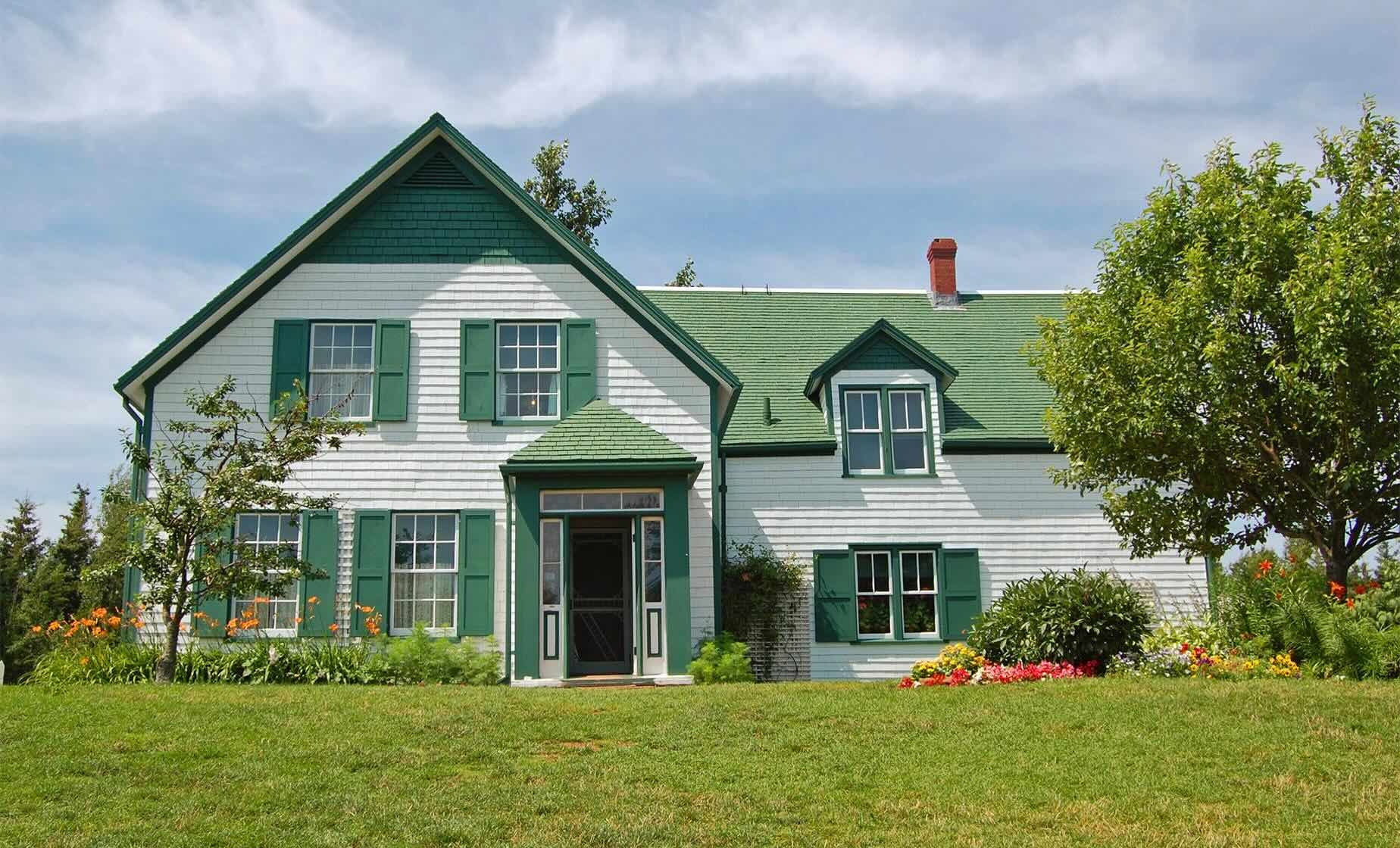

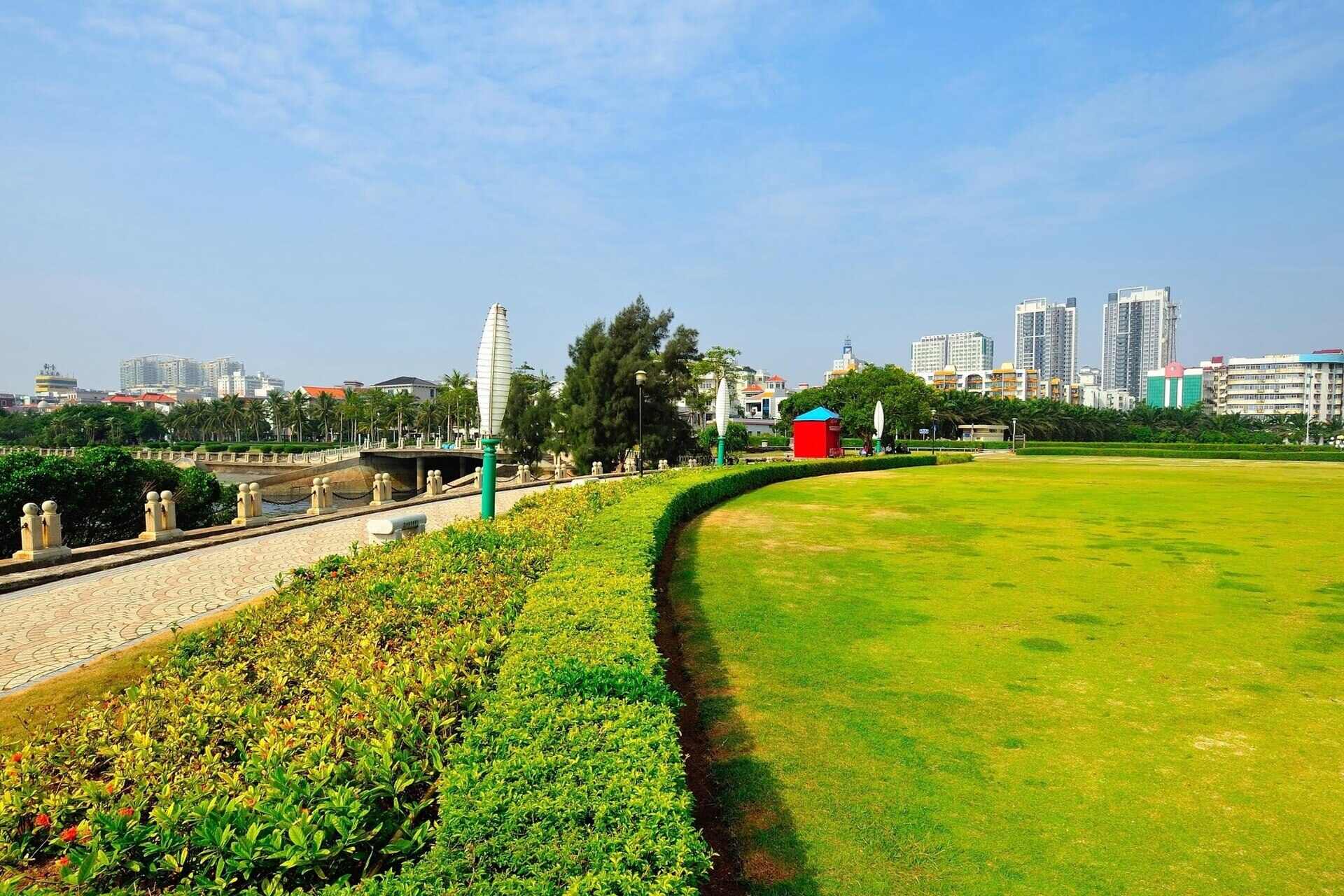
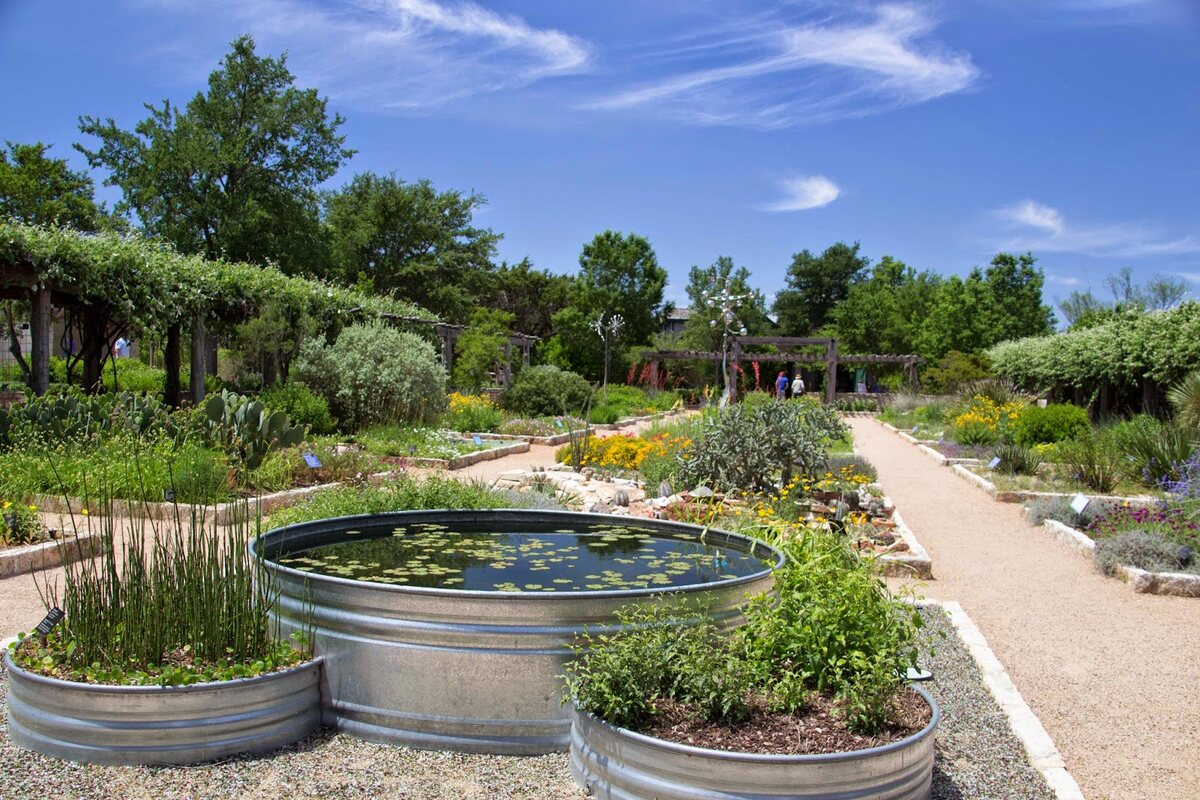


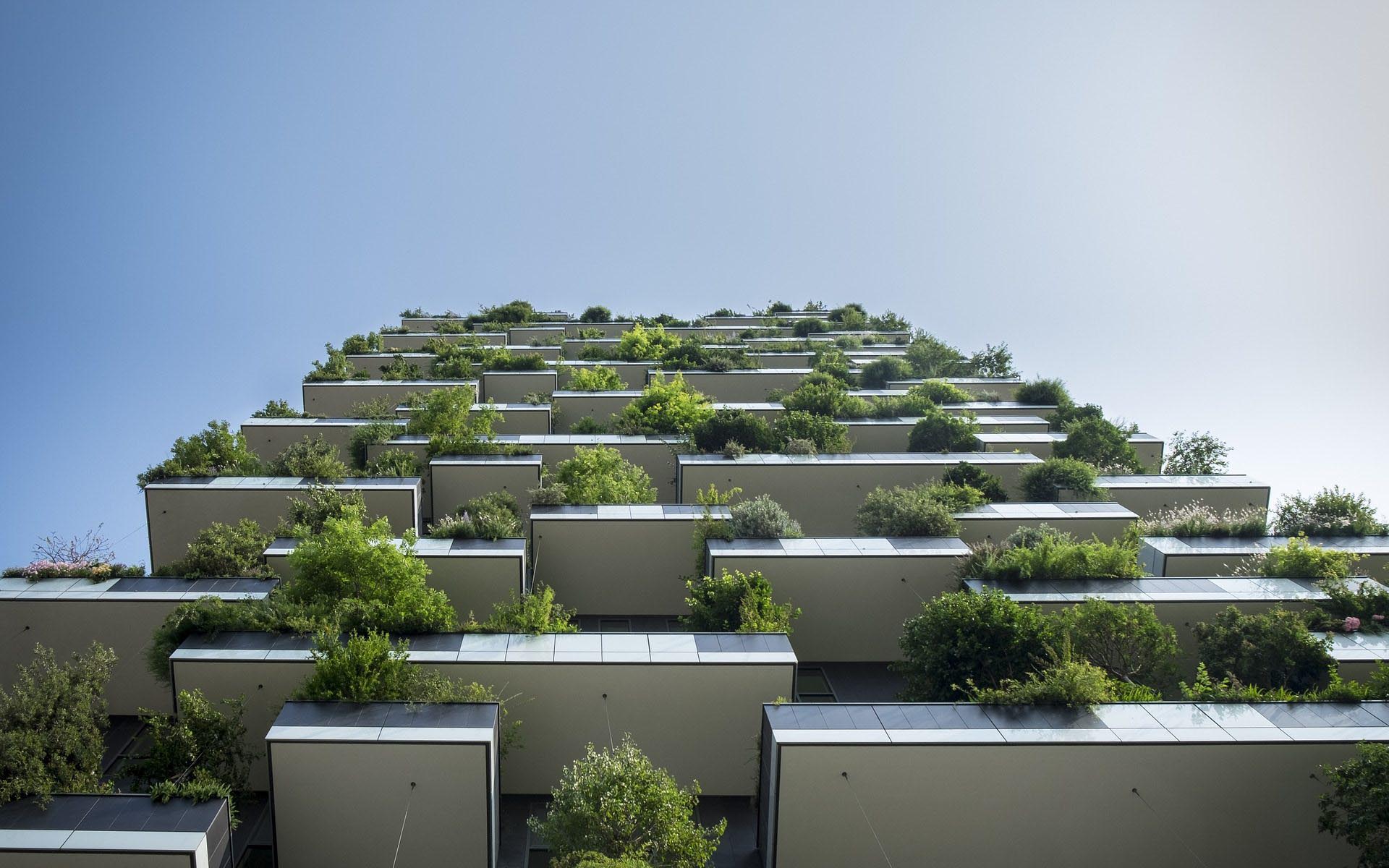

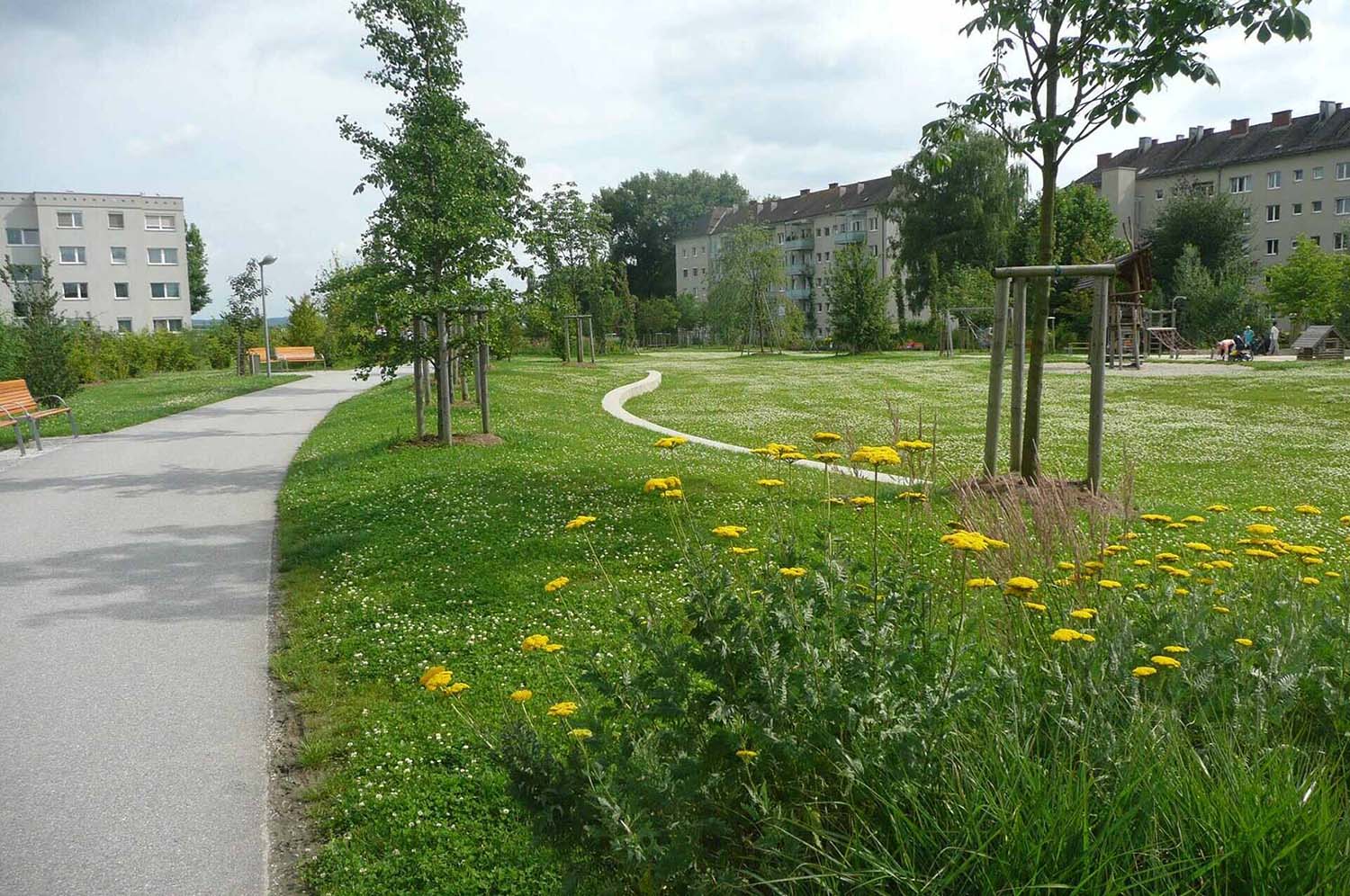


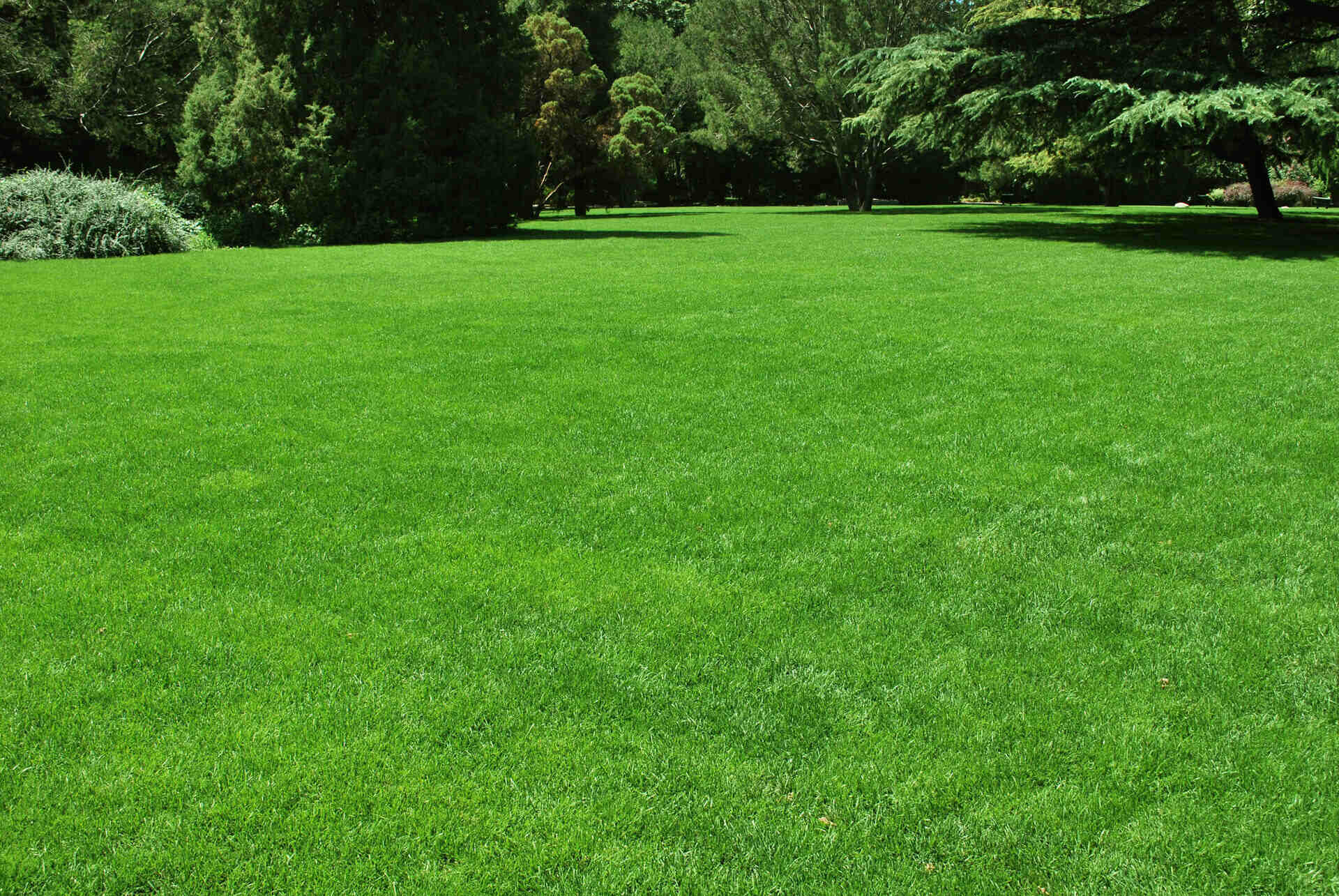

0 thoughts on “What Is The Origin Of A Green Space In The Center Of A Village”